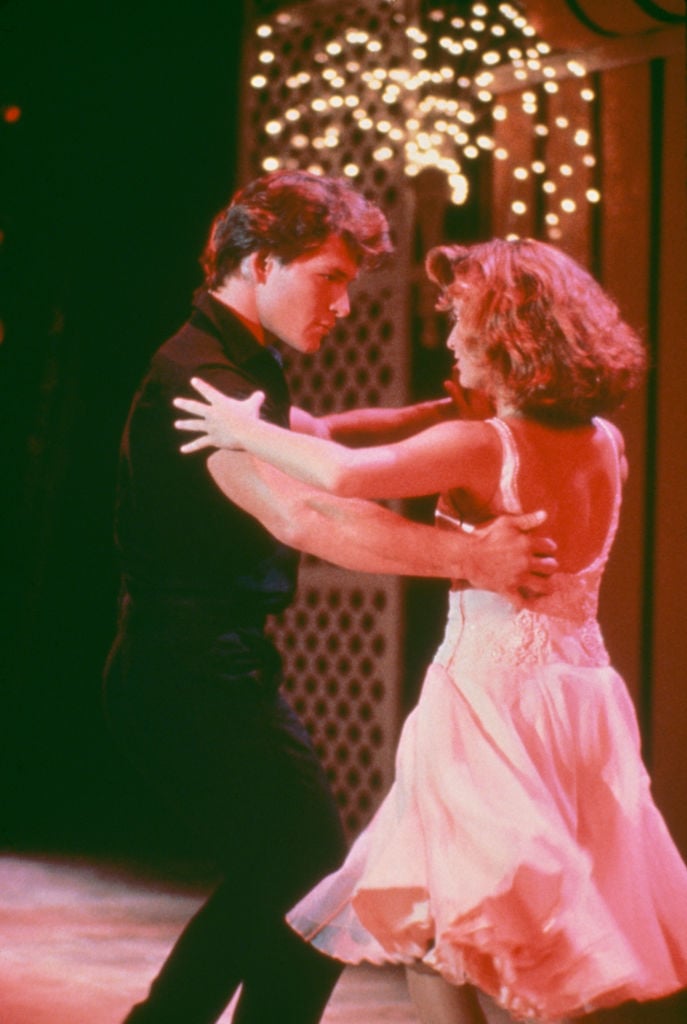You Won’t Believe How Many Rejection Letters ‘Dirty Dancing’ Received
1987’s Dirty Dancing has gone onto becoming one of the most referenced love stories — with a great deal of social commentary at the core — of all time. The film, often using dance to reflect on social class and wealth, features a young Jennifer Grey and Patrick Swayze as Baby and Johnny respectively.
Though raking in over $213 million at the box office during the summer it premiered, Dirty Dancing was filmed on a $6 million budget, according to Variety in Lake Lure, North Carolina and Mountain Lake, Virginia; however, in the movie, Baby and her family are visiting the pricey Catskills in New York. Though Dirty Dancing is a classic — and Vestron Pictures’ sole claim to fame — the movie’s journey to glory was not without roadblocks…many, many roadblocks.

Loosely based on screenwriter Eleanor Bergstein’s childhood, the film nearly had a shot at MGM; however, when management changes swept the entertainment company by storm, the film wound up on the cutting room floor. In between this event and Vestron eventually choosing to proceed with the film, the script fell in a lot of entertainment companies’ hands and, let’s just say, they didn’t see the appeal.
‘Dirty Dancing’ was rejected 42 times
During the Dirty Dancing episode of The Movies That Made Us, Producer Linda Gottlieb discussed what it took to get Dirty Dancing into production. She revealed that, after things fell through with MGM, she pitched the movies to all the major studios you can think of.
Then, after all the major studios denied the project, she went and reached out to several of the well-known, yet smaller independent companies that also boast modest reputations in the biz.
Unfortunately, no one wanted to accept the picture about a young girl who, via dance, “achieves sexualized womanhood” and comes to understand and subvert “boundaries of narrowly defined cultural identities based on our class and ethnicity”, as Dunagan and Fenton argue in Dirty Dancing: Dance, Class, and Race in the Pursuit of Womanhood.
Eventually, the film wound up in Vestron’s hands — a company who at the time was trying to make a name for itself and break away from its not-so-hot reputation. Vestron, at the time, was known largely for its straight to video naughty films. So, what took so long for Dirty Dancing to come together, and why were so many entertainment companies uninterested?
Inside ‘Dirty Dancing’
Dirty Dancing was a film told from a female’s perspective; it was about love, and there was an abortion in the midst of the movie — a scene Eleanor Bergstein refused to remove, as it was essential to the message she was aiming to create.
At the time, studios were dominated by men, creating movies for men, with machismo thematic undertones. While this largely remains the case today (in some ways), it was even more true in the 1980s.
In other words, those behind the major entertainment companies (with money to splurge) likely presumed such a gendered coming of age story wouldn’t sell, as The Movies That Made Us explained. However, those at Vestron saw something in Dirty Dancing, and while their movies after the fact — Little Monsters, Street Trash, and Buster — weren’t critically acclaimed, beloved hits, we will always have Vestron to thank for Dirty Dancing…and, for reminding us, “No one puts Baby in the corner.”


